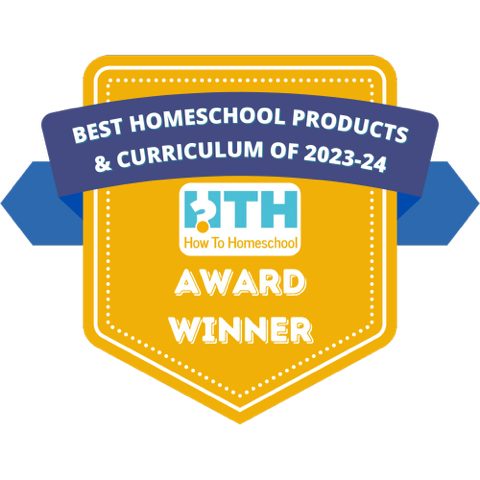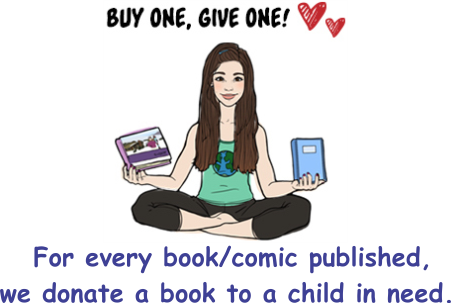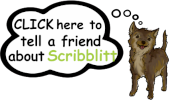
About the Author: Marissa Moss is an award-winning author-illustrator who has written more than seventy children’s books, from picture books to middle-grade and young adult historical novels. She’s best known for the Amelia’s Notebook series, which has sold 6 million copies, been translated into several languages, and helped start the journal format craze in children’s books. Marissa Moss lives in California.
 About Talia’s Codebook for Mathletes: Talia loves math puzzles and code-breaking, but the new social rules of middle school have her stumped. Her best friend, Dash, is now embarrassed to be best friends with a girl, so he only wants to hang out with Talia outside of school. And although Talia is excited to make the mathlete team, the strict team captain doubts her abilities . . . just because she’s a girl. But Talia has a great idea: she’ll start her own all-girls mathlete team! As the first competition approaches, Talia is determined to bring her fledgling team to victory, get her best friend back, and break the social code of preteen life. In the spirit of her best-selling Amelia’s Notebook series, Marissa Moss brings Talia’s adventures to life through charming text, illustrations, doodles, graphs, and puzzles. This delightful new series is for all mathletes, doodlers, and anyone who has ever had to navigate the unfamiliar conventions of a new school.
About Talia’s Codebook for Mathletes: Talia loves math puzzles and code-breaking, but the new social rules of middle school have her stumped. Her best friend, Dash, is now embarrassed to be best friends with a girl, so he only wants to hang out with Talia outside of school. And although Talia is excited to make the mathlete team, the strict team captain doubts her abilities . . . just because she’s a girl. But Talia has a great idea: she’ll start her own all-girls mathlete team! As the first competition approaches, Talia is determined to bring her fledgling team to victory, get her best friend back, and break the social code of preteen life. In the spirit of her best-selling Amelia’s Notebook series, Marissa Moss brings Talia’s adventures to life through charming text, illustrations, doodles, graphs, and puzzles. This delightful new series is for all mathletes, doodlers, and anyone who has ever had to navigate the unfamiliar conventions of a new school.
Scribblitt Interview with Marissa Moss
Hi Marissa. Thanks for talking with us at Scribblitt.
Q: Your journaling style which originated with “Amelia’s Notebook” is something so many young kids love to do – doodling and jotting down sayings or thoughts. How did you get started doing this? How did you turn these doodles and thoughts into a story?
A: Amelia's Notebook was based on the notebook I actually had as a kid. Like me, Amelia is a completely ordinary kid. There's nothing special about her or her life. It's her humor and point of view that makes the things she notices into a story. In each book, there's always some major event that all the observations and doodles flow out from. In Amelia's Notebook, it's her family moving. In Talia's Codebook for Mathletes, it's Talia's rift with her best friend Dash and her attempt to use being a mathlete to repair their friendship.
Q: Do you think of yourself as an author first and illustrator second, or do you find the two are inextricably linked?
A: Sometimes I think in words and sometimes I think in pictures. I used the notebook format because I wanted the ease of going back and forth between the two of them. I think most of us are both verbal and visual thinkers, but in school we're encouraged to only use words, not pictures. At least that's how it used to be. Now that graphic novels are so popular that's fortunately changed.
Q: In “Talia’s Codebook for Mathletes”, you write about a math-loving girl trying to figure out middle-school. Was this story at all autobiographical?
A: Very much so. Like Talia, I was the only girl on the mathlete team. In real life, I couldn't take the isolation, the way the boys completely shut me out—and I quit the team. I'm not proud of that. I wish my younger self had been stronger. So I wrote the book to give myself a better ending. I wish I'd had the same idea that Talia had, making her own team of all-girl mathletes.
Q: Many students do not like editing and revising, although the process is necessary to get to a better story outcome. What are your thoughts on the writing process? What do you love about writing?
A:I know that many students struggle with revising, but I actually think it's a lot of fun. Facing a blank page is much harder. But because I know I'll have a chance to revise (and revise and revise and revise some more), I give myself permission to be messy and make mistakes. The important thing is to just get something out on the page. Once you have that, you can work with it, make it better. Just by reading things out loud, I can hear when something is working and when it isn't. What I love about writing is that you can make things happen that didn't happen in real life, like Talia's Mermaid Mathlete team. That's pretty magical!
Q: What is the best part about being an author?
A: Every day you get to work on something new, face a new challenge. I love how writing can connect you to what you're feeling, thinking about and also connect you to completely different people and experiences. When you're writing, you get to be all kinds of different people and see what it's like in their worlds.
Q: What advice do you have for young writers?
A: Read, read, and read some more! And start reading like a writer. Notice what works and doesn't work in the books you read. I have a notebook where I collect great first sentences, sentences that draw you into the book and make you ask questions, wonder what will happen next. Sometimes you read a great book and then the ending is a complete disappointment. It's too predictable or comes out of nowhere or doesn't make sense with the characters. A good ending leaves the reader with a sense of satisfaction, like you've just eaten a delicious meal. You don't want to leave your reader with a stomach ache!
And when you start writing, you need to know your main character really well. I often start a book by simply drawing my main character and jotting down what makes them happy, mad, sad, angry, scared. I need to know what's their biggest wish, fear, and secret. Once I know all those things, I can simply listen to my character and they'll tell me what's happening next. I just need to follow them with my pen and write and draw what they're saying. And that can be a lot of fun!







